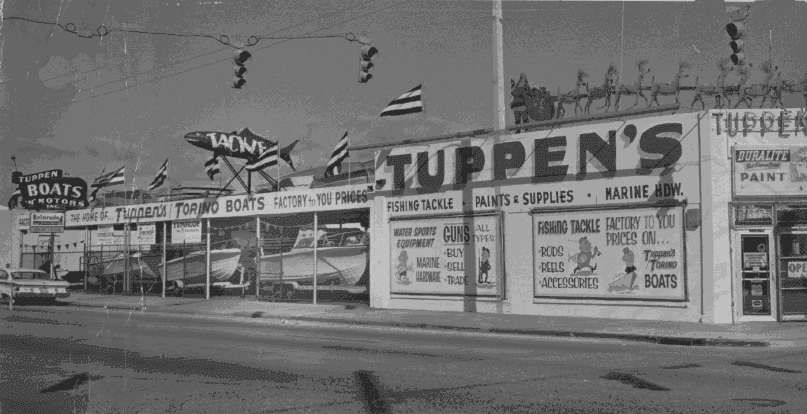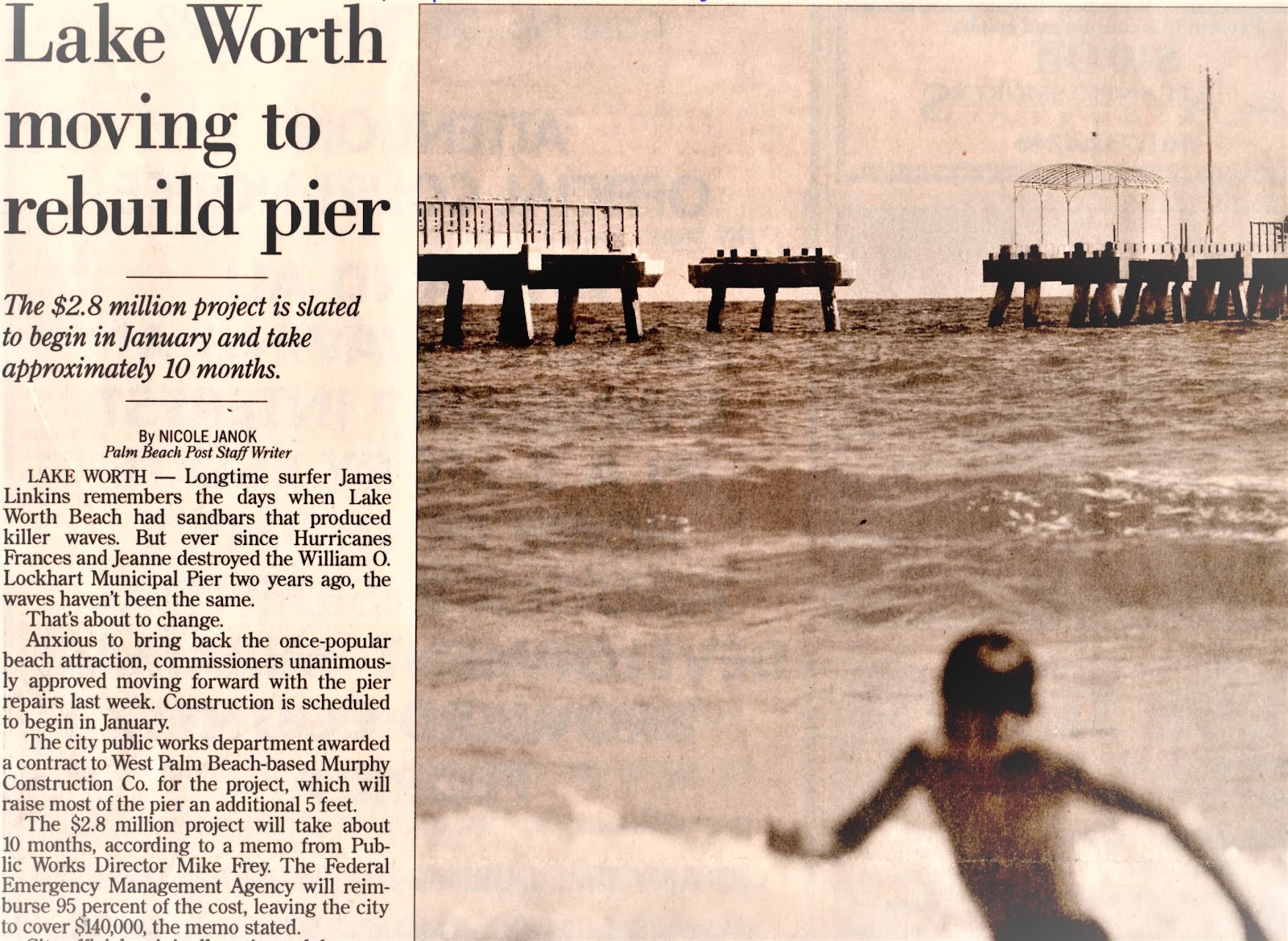 Windspeed 130 miles per hour, 929 millibars of pressure, category 4. Pictures below show the local Lake Worth aftermath. This is the storm that killed thousands near Lake Okeechobee.
Windspeed 130 miles per hour, 929 millibars of pressure, category 4. Pictures below show the local Lake Worth aftermath. This is the storm that killed thousands near Lake Okeechobee.


As related by Wikipedia:
Coastal damage in Florida near the point of landfall was catastrophic. Miami, well south of the point of landfall, escaped with very little damage; Hollywood and Fort Lauderdale suffered only slight damages. Northward, from Pompano Beach to Jupiter, buildings suffered serious damage from the heavy winds and 10 ft (3 meter) storm surge, which was heaviest in the vicinity of Palm Beach; total coastal damages were estimated as "several million" dollars. Because of well-issued hurricane warnings, residents were prepared for the storm, and the loss of life in the coastal Palm Beach area was only 26.[1]
Inland, the hurricane wreaked much more widespread destruction along the more heavily populated coast of Lake Okeechobee. Residents had been warned to evacuate the low ground earlier in the day, but after the hurricane did not arrive on schedule, many thought it had missed and returned to their homes. When the worst of the storm crossed the lake — with winds measured on the ground at around 140 mph (225 km/h) — the south-blowing wind caused a storm surge to overflow the small dike that had been built at the south end of the lake. The resulting flood covered an area of hundreds of square miles with water that in some places was over 20 ft (6 m) deep. Houses were floated off of their foundations and dashed to pieces against any obstacle they encountered.[10] Most survivors and bodies were washed out into the Everglades where many of the bodies were never found. As the rear eyewall passed over the area, the flood reversed itself, breaking the dikes along the northern coast of the lake and causing a similar but smaller flood.
Floodwaters persisted for several weeks, greatly impeding attempts to clean up the devastation. Burial services were quickly overwhelmed, and many of the bodies were placed into mass graves. Around 75% of the fatalities were migrant farm workers, making identification of both dead and missing bodies very difficult; as a result of this, the count of the dead is not very accurate. The Red Cross estimated the number of fatalities as 1,836, which was taken as the official count by the National Weather Service for many years; older sources usually list 3,411 as the hurricane's total count of fatalities, including the Caribbean. However, in 2003 the U.S. death count was revised as "at least" 2,500, making the Okeechobee hurricane the second-deadliest natural disaster in United States history behind the Galveston Hurricane of 1900.
Thousands of people were left homeless in Florida; property damage was estimated at $25 million ($200 million in 2005 US dollars). It is estimated that if a storm like this were to strike in modern times (the year 2003), it would cause $18.7 billion in damages. However, a levee breach of this kind is unlikely to occur again because of the much larger Herbert Hoover Dike that now contains the waters of Lake Okeechobee.[10]





